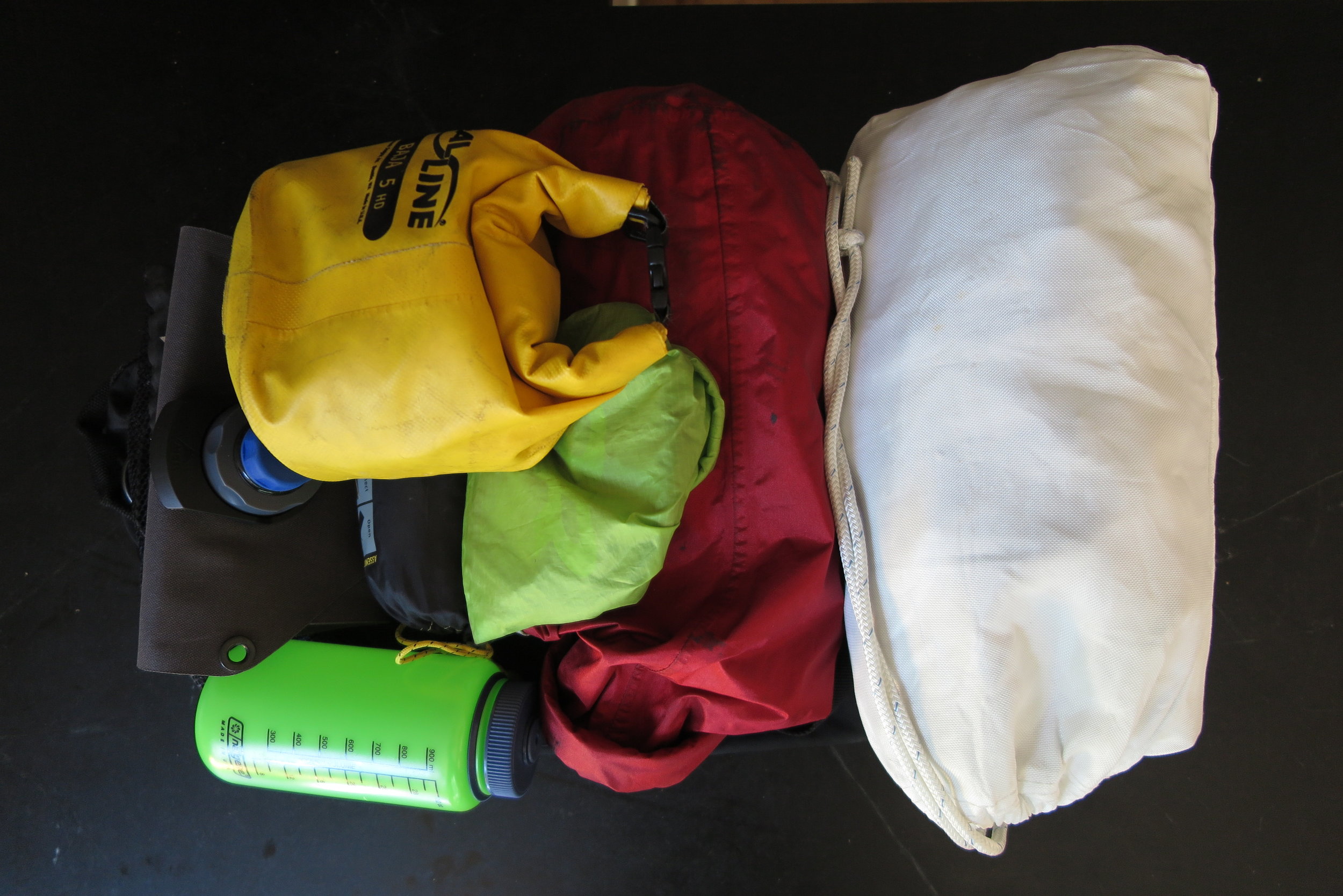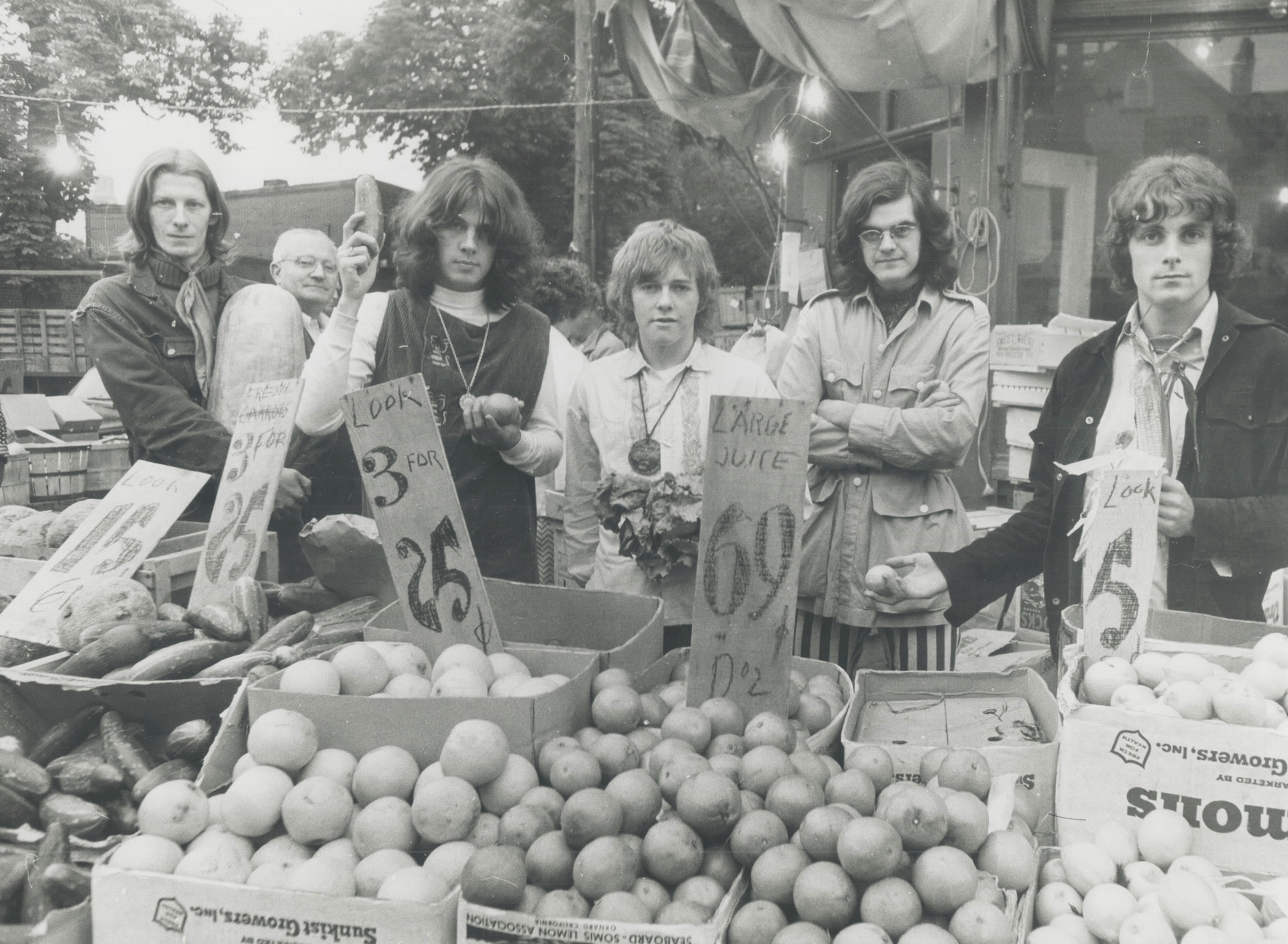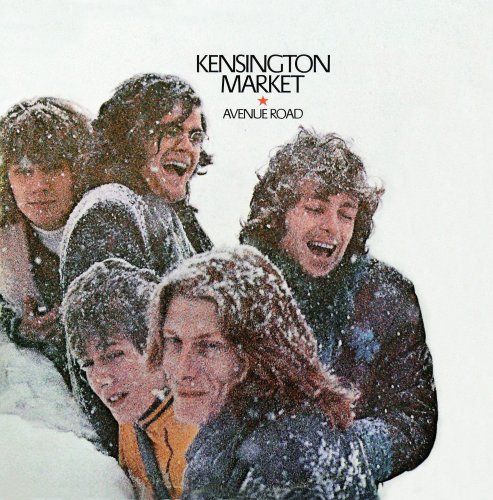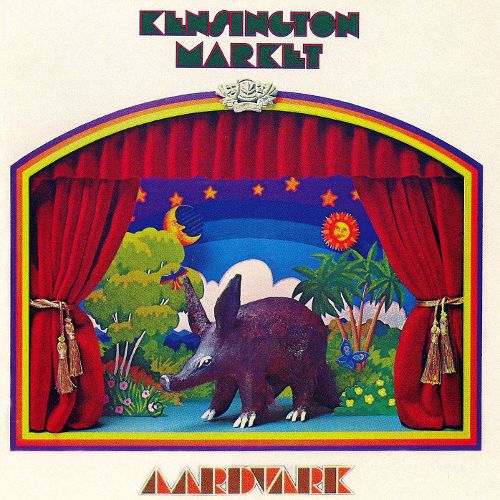Dempster fun fact: there is CAA coverage on the road, unfortunately the whole way has no cell coverage, even in Eagle Plains (there are a few spots in the northern section). WiFi at Eagle Plains is $5.00 per day, and only works in the restaurant and bar, not in your room.
My turnaround point on the Dempster was about km 480 - 15 kms north of where the road crosses the NWT border; 70 kms south of Fort McPherson.
Word fact: Yukon is derived from dyukun-ah which means ‘great river’ in Gwich’in, the Athapaskan language of the region. The Yukon River was named by HBC trader John Bell in 1846.
The Yukon & NWT have been in a sunny heat wave for 25 days and now the weather has turned - the Top of the World Highway is under fog & rain for the next week and Chicken is socked in. Kluane beckons so south to Whitehorse and then to the park office at Haines Junction to get a hike figured out. Some pics of Whitehorse:












































































